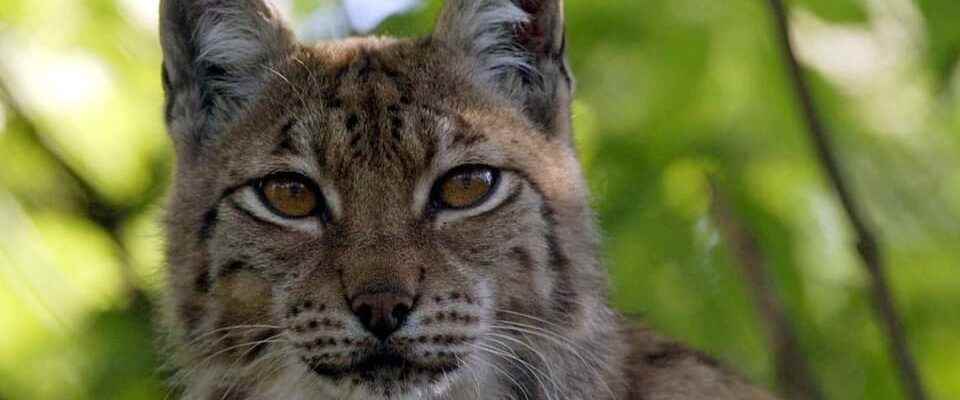contents
Its settlement was controversial, but today around 250 lynx live in the forests of Switzerland. Game warden Urs Büchler on the trail of the forest dweller.
The Toggenburg game warden Urs Büchler trudges through the dewy grass. In a hollow at the edge of the forest, at the foot of the Stockberg, lies a dead deer, all around the grass has been trampled flat. The game warden analyzes the scene like a detective.
The lynx probably sneaked up on the grazing deer. “And when he’s close enough, he jumps at it and kills the animal with a well-aimed bite in the throat. You can see that bite. You can also see very typical patterns of use: as a rule, he eats the animal from behind, he eats the club. Those are the pieces we like too.”
Legend:
The settlement of the lynx in Switzerland was controversial.
Keystone/Urs Flüeler
And when he has eaten enough, the lynx covers his prey with grass, snow or leaves and keeps coming back to eat for several days. This is the perfect opportunity for gamekeepers to observe the lynx. Büchler goes to a post right next to the dead deer, where he installed a camera two days ago.
Identification by fur pattern
In contrast to wolves, lynxes can be identified by their coat pattern without a DNA sample. “So we have a relatively good overview of the population density of the lynx, even though the lynx is difficult to observe. Individual recognition is very simple.» Back at the car, Urs Büchler slides the camera’s memory card into his laptop and looks at the photos with concentration. Indeed, the brush-eared cat was here. In a photo you can see her left side with the distinctive polka dot pattern: “This is an acquaintance, this is the one with the rosette pattern on the legs.”
Büchler will later enter the observation in the national database used to monitor the lynx. Around 250 adult lynxes live throughout Switzerland, making it the largest population in the entire Alpine region. Around five to six animals live in Toggenburg alone. They are systematically recorded every four years, with occasional observations such as this crack on the Stockberg in between.
Büchler was there himself when the first lynx were released into the wild in Toggenburg 22 years ago. The farmers’ concerns about their livestock at the time were not confirmed. In the whole time there was only one case where a lynx hunted livestock on an alp, says Büchler.
Lynx and hunter now share the prey
Normally, the lynx eats deer and chamois, a total of around 50 a year. For the hunters, the situation has already changed. “Hunting has declined by 30 percent or more, especially in the lynx’s main tailing areas, in upper Toggenburg. The hunter had to learn to share his prey with the lynx.”
Some older hunters would mourn the times when there were lush deer populations, says Büchler. The younger hunters are more open to the lynx because it is useful for the ecosystem. By regulating the deer, the lynx protects the young trees: “Meanwhile, the game pressure on the young trees is judged to be less strong. That was a completely different picture twenty years ago.”
Away from the headlines, the lynx has been able to establish itself well in Switzerland in recent decades as a loner, forest dweller and master of camouflage. The lynx population in this country is the largest in the Alps. So big that Swiss lynxes could even be caught and released to be resettled in Germany.
